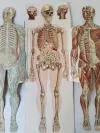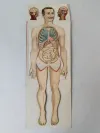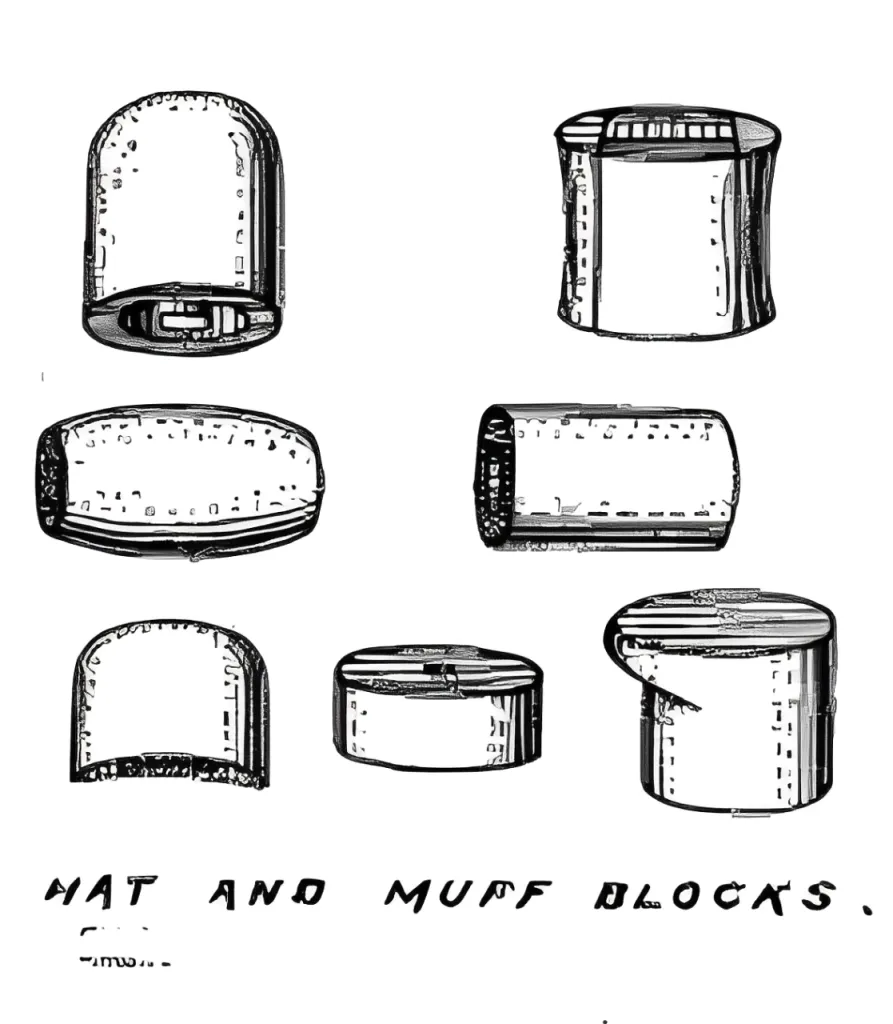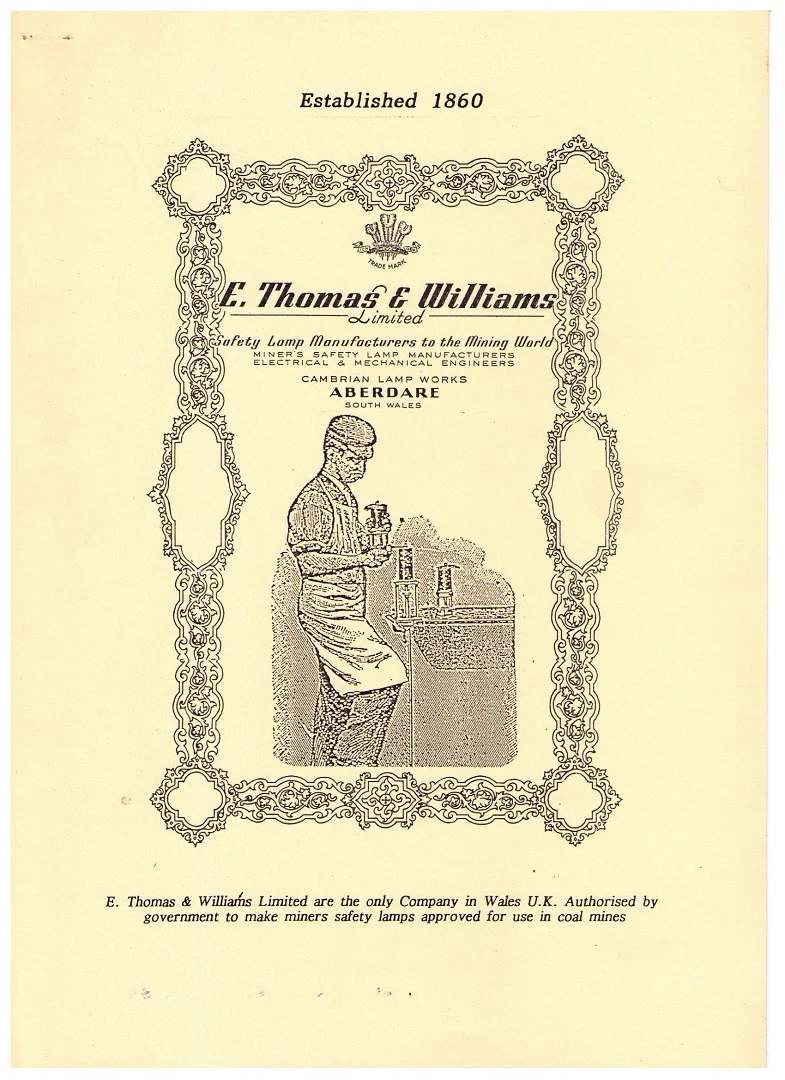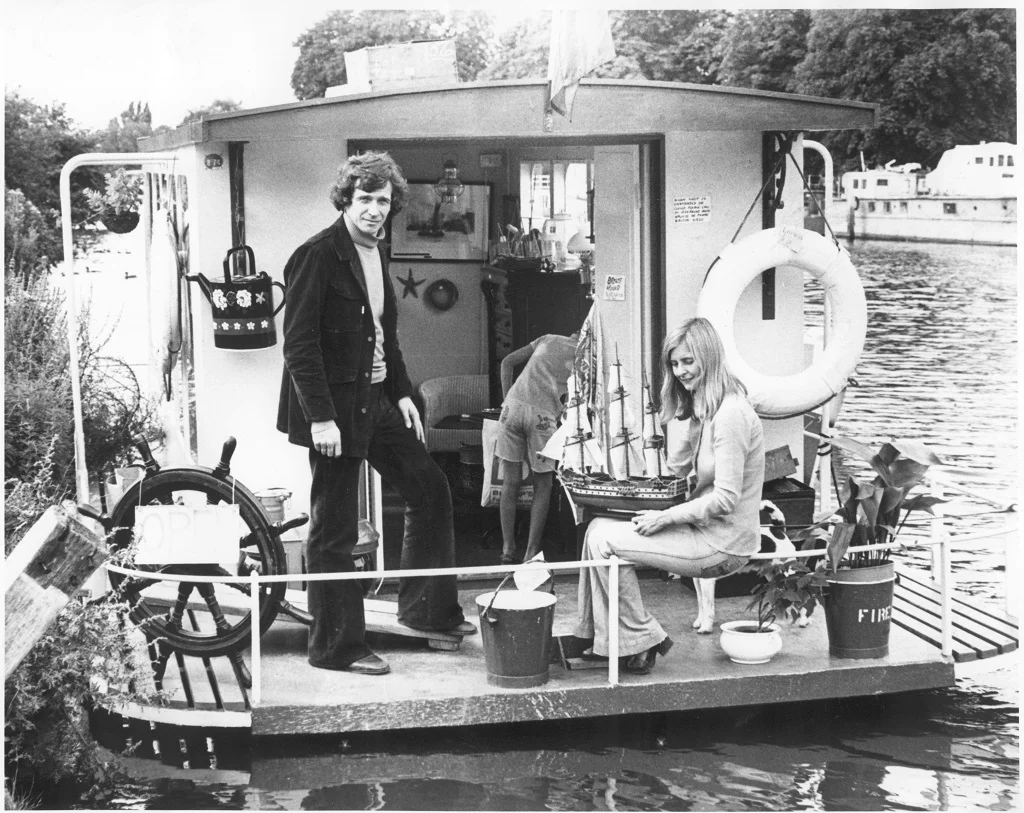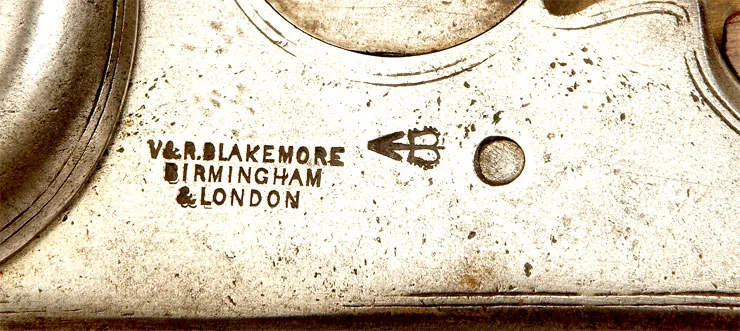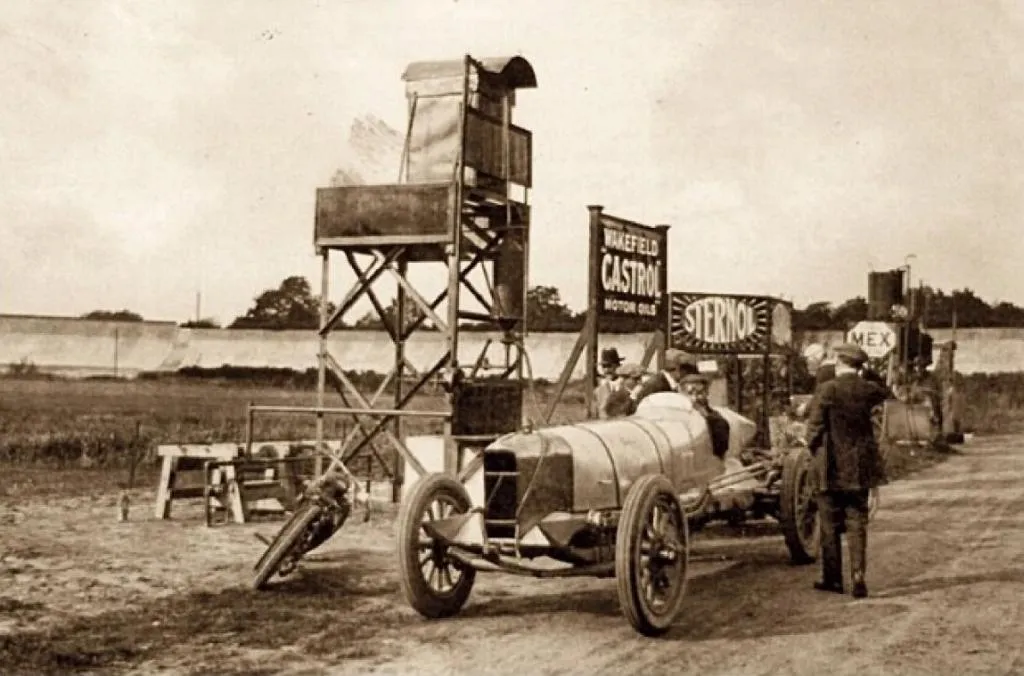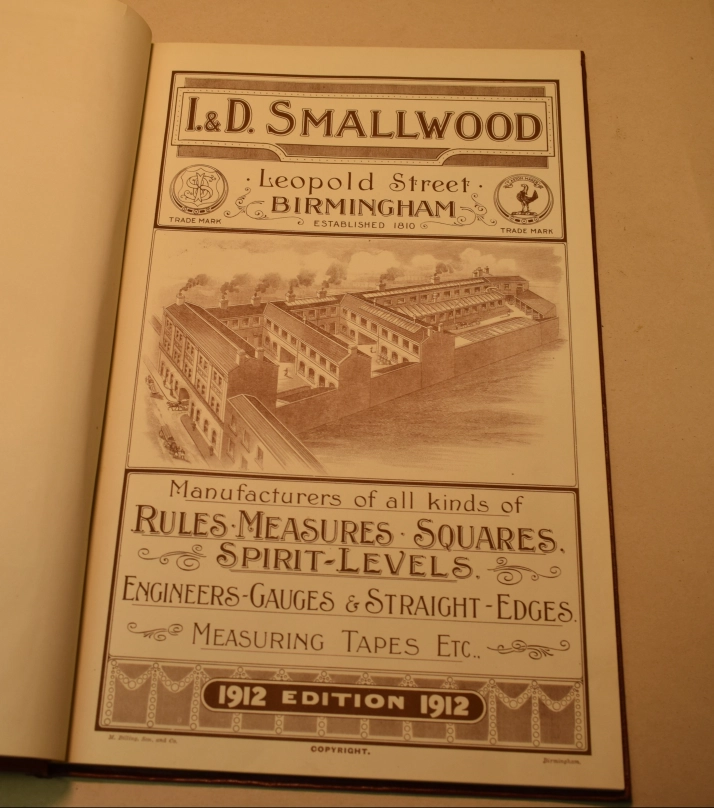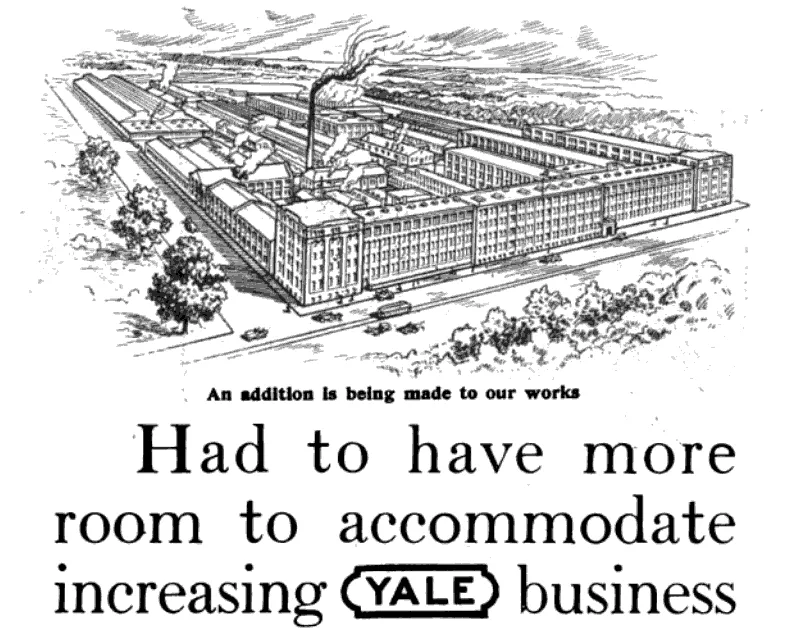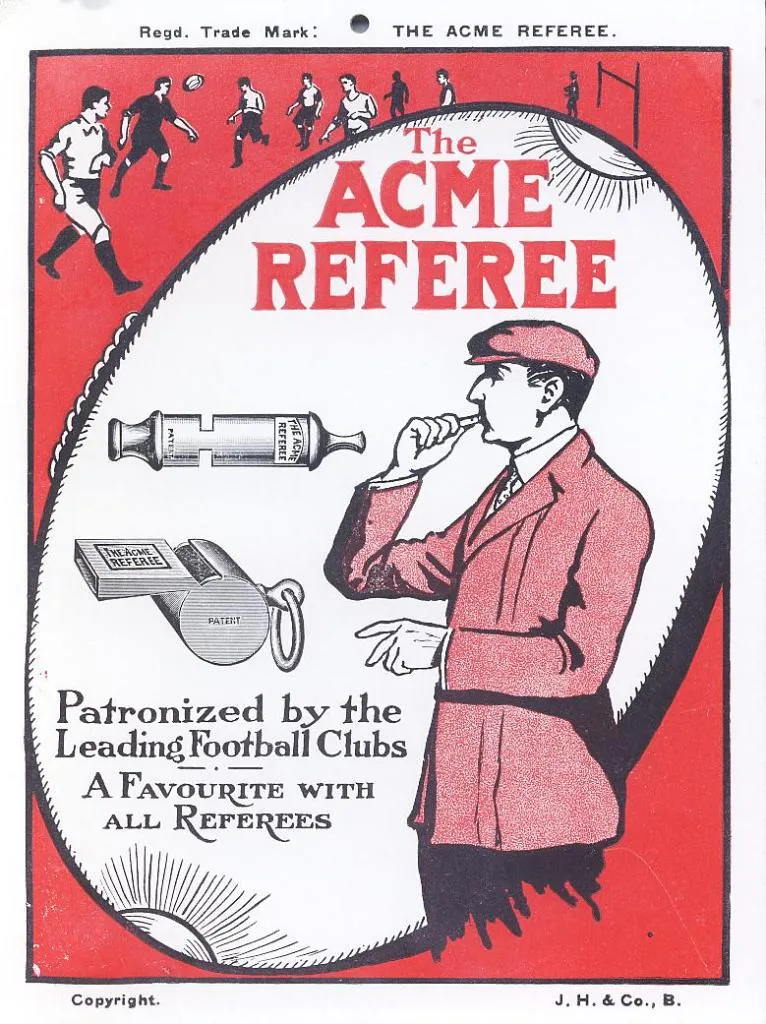The History of Paul Vigot, G. Löwensohn, and Parisian Fold-Out Human Anatomy
Explore the fascinating history of the creators behind the antique fold-out human anatomy and where it was used.
Crafted by Paul Vigot and published by G. Löwensohn, this antique fold-out anatomy was used at the prestigious Sorbonne University in Paris, serving as a vital educational tool in the study of human anatomy.
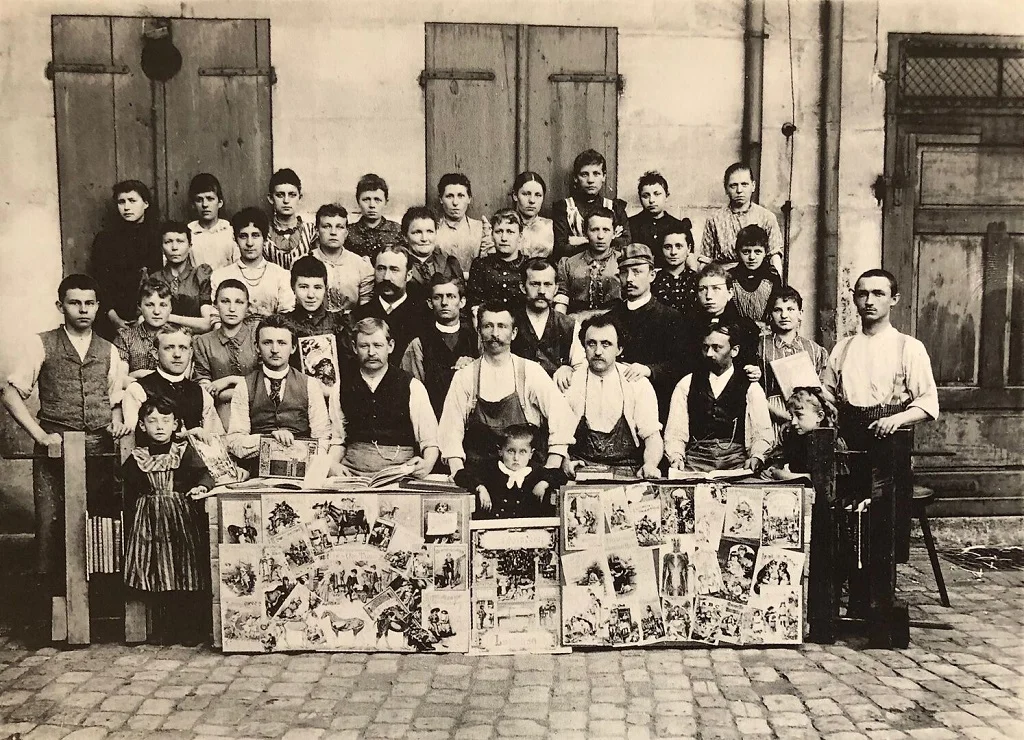
Source: FürthWiki.de https://www.fuerthwiki.de/wiki/index.php?curid=38151
Löwensohn Picture Book Factory
The Löwensohn Picture Book Factory operated from 1882 to 1937 at Fürther Sommerstraße 16, 18, and 20, crafting picture books in multiple languages. Stemming from Gerson Löwensohn's 1844 printing venture in Fürth, initially named G. Löwensohn Bookstore Lithographic Institute & Printing House, it diversified into producing picture sheets, painting, and picture books from 1856.
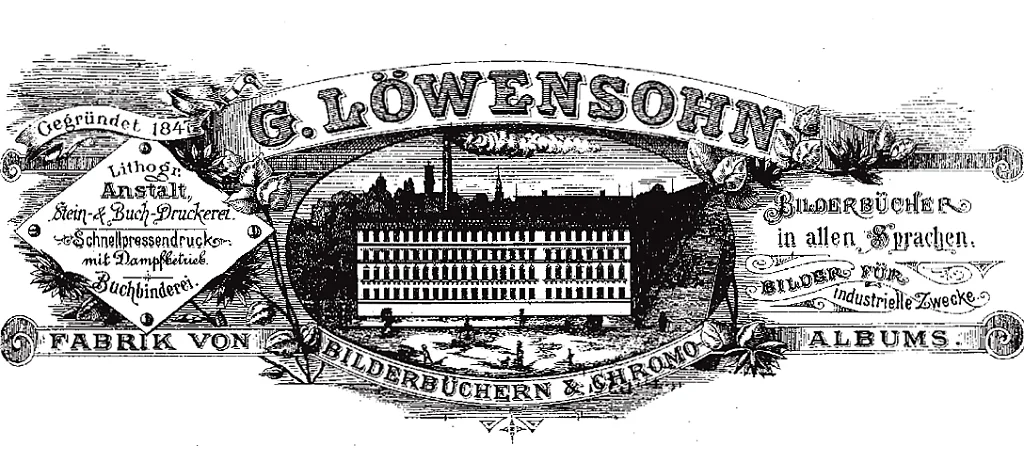
Source: FürthWiki.de
Sons Theodor and Bernhard expanded the business and bookstore post their 1871 takeover. Shifting their lithographic institute from Blumenstraße to Sommerstraße in 1883, it became a partnership in 1890. By 1894, boasting 700 titles in ten languages, it transformed from a manual to a factory operation, vastly increasing output.
The producer Paul Vigot
Paul Vigot (1864-1937) established "Librairie Paul Vigot" in 1890 after experiences with notable publishers. Initially situated at 10 rue Monsieur-le-Prince, the house evolved into "Librairie Vigot Frères" focusing on medicine, spirituality, and aesthetics. Relocating in 1900 to 23 rue de l'École-de-Médecine, the company sustained its identity for over half a century, maintaining its original name and address. The company EDITIONS VIGOT was deregistered on February 10, 2010.
The publisher Gerson Löwensohn
Gerson Löwensohn (1817-1871), born in Fürth, Bavaria, Germany, was a copper engraver, publisher, print shop owner, and founder of the Löwensohn Picture-Book Factory. Initially trained as a belt maker, he later apprenticed as a copper engraver, obtaining a license for a copper printing shop in 1844, which evolved into the renowned Picture Book Factory. In 1852, he expanded, mastering lithography and renaming his enterprise the Lithographic Art Institute G. Löwensohn.
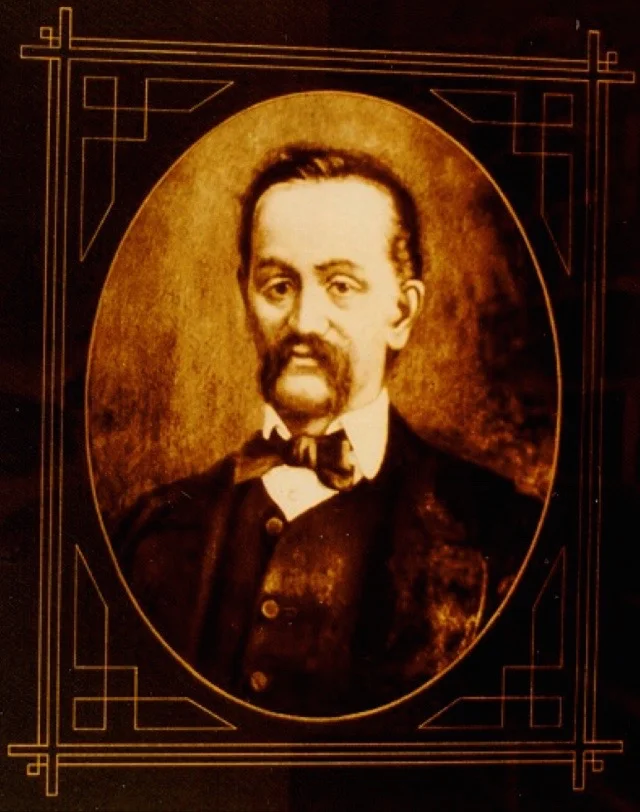
Source: FürthWiki.de
Paris School of Medicine
The École-de-Médecine in Paris, known as the Paris School of Medicine, holds a storied history. Established in 1794, it served as the address for the Paris School of Medicine. This institution was created by a decree on March 17, 1808, organizing the Imperial University of France. In 1896, it merged with four other Parisian faculties to form the new University of Paris.
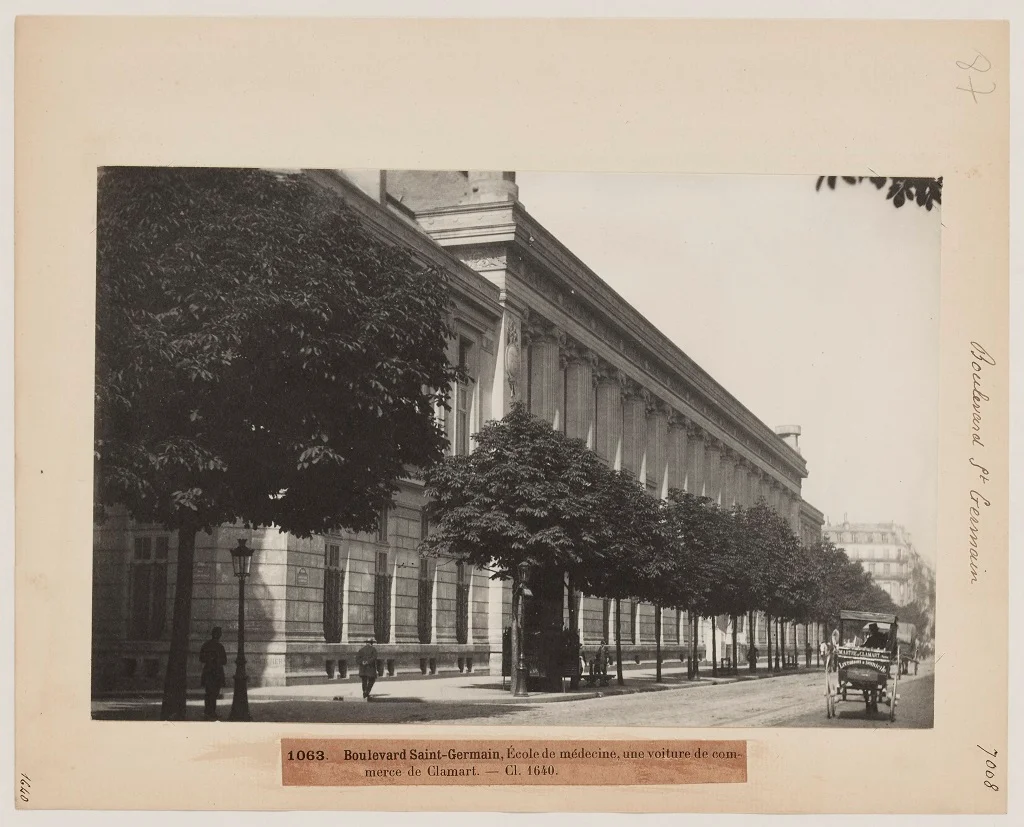
Source: The Public Institution Paris Musées
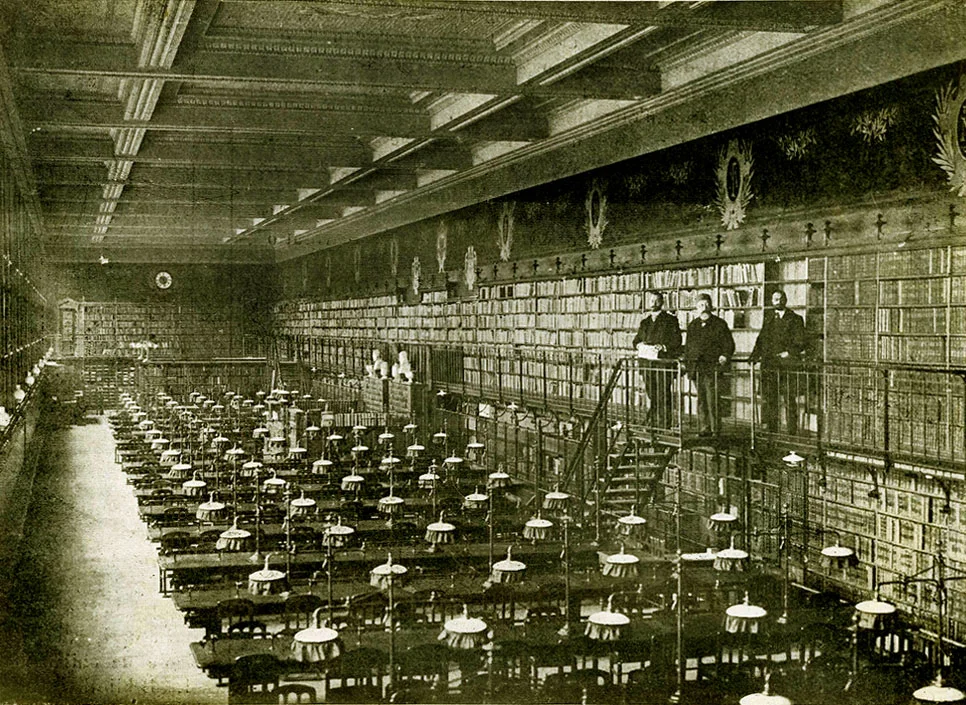
Source: Par Otis Historical Archives of “National Museum of Health & Medicine” (OTIS Archive 1) https://commons.wikimedia.org/w/index.php?curid=25484890
Share this article
